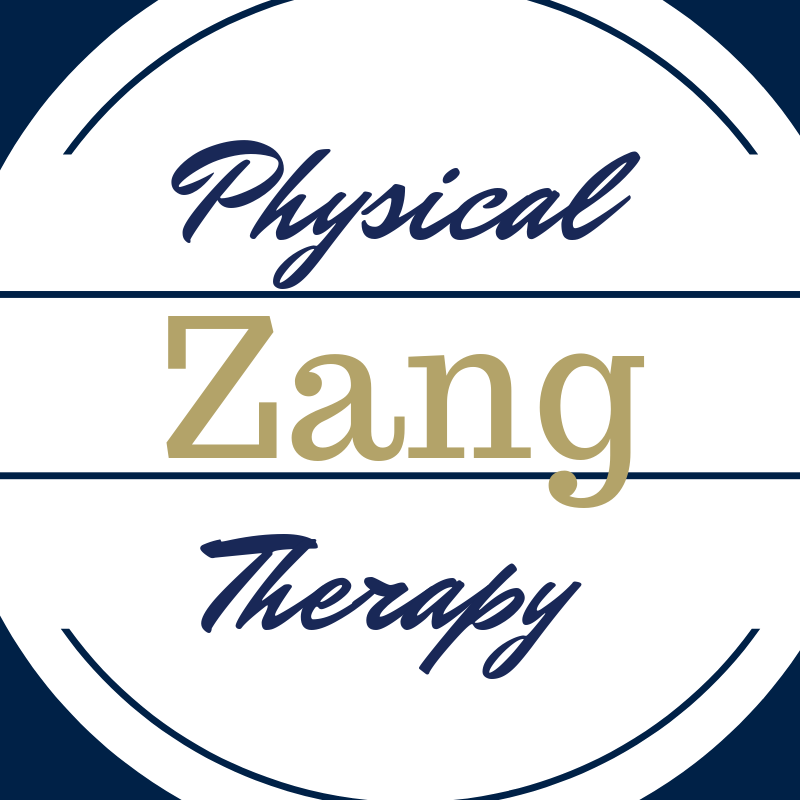Depending on the source, the wrist is the 2nd or 3rd most common bone to break in the body. To be more specific, the distal radius is commonly broken with a fall onto an outstretched hand.
Once this happens, treatment can take several different paths. For a simple break the individual may be placed in a splint or cast for a few weeks. Unfortunately more severe or displaced fractures require surgery. Regardless, the average healthy adult bone takes 8-12 weeks to heal. (That does not mean you will be casted that entire time). Once the bone heals, it will be strong again. Proper nutrition and a healthy lifestyle are important for quicker recovery.
Once the doctor deems the bone is healed enough for cast or splint to be removed, is that it? Will you be good to go just like that?
In most instances the answer is DEFINITELY NO. After several weeks with limited movement due to splint or cast, that wrist and hand will be stiff. Many individuals will have some trouble regaining their motion (especially following surgery) and strength (which truly just takes time).
It is at this point a person has 2 options: 1) go at it alone or 2) go to therapy for help
Interestingly (and for some unknown reason) many doctors advise and patients choose the go at it alone option. Why would anyone really choose this option? Why risk spending more time with a hand/wrist that does not move and function as optimally as possible?
Now with option #2, there may be some discomfort with therapy and there will definitely be some work in a clinic AND AT HOME (if you want faster results).
So what does the research have on the matter as far as which option is best? Multiple studies (HERE and HERE and HERE) report better and faster results for those individuals choosing option #2 (therapy). This does not mean everything will be immediately back to normal, BUT it helps people recover more quickly.
What exactly will be done with the therapy option? A combination of hands-on wrist stretches/mobilizations skillfully performed by a therapist will work to restore joint movement and motion. This will be followed up with easy to complete motion and strengthening exercises. The combination of both has been shown to be helpful in achieving faster results.
Issues that commonly remain include: wrist stiffness, lack of full motion, lack of normal strength, and pain. With this being the case, are there things the person can do to assist the therapy and recovery process? YES. Be compliant with the therapy program outlined. It will be designed to help the person achieve the best results in the fastest time possible. After all, no one wants to have their independence limited by loss of hand function do they.
Now that you know therapy helps recovery from a wrist fracture – don’t let your friends, family, or yourself suffer with reduced wrist/hand function any longer. Get the help everyone needs and deserves after such an injury.
